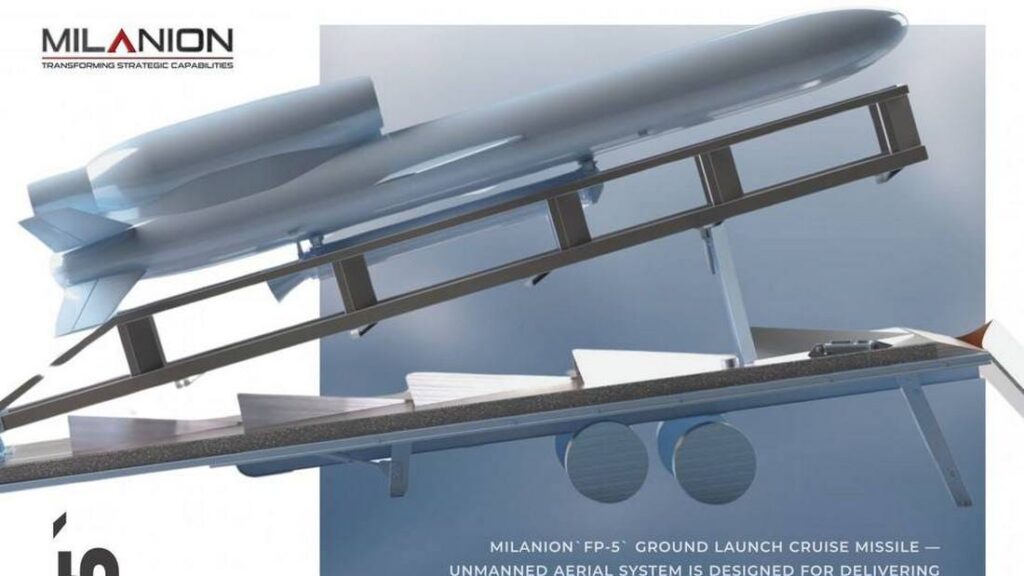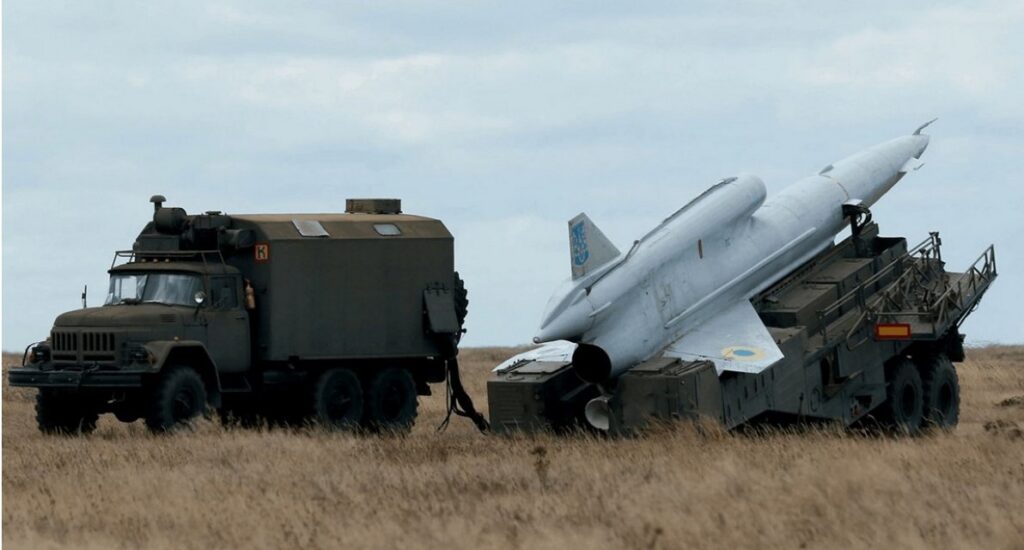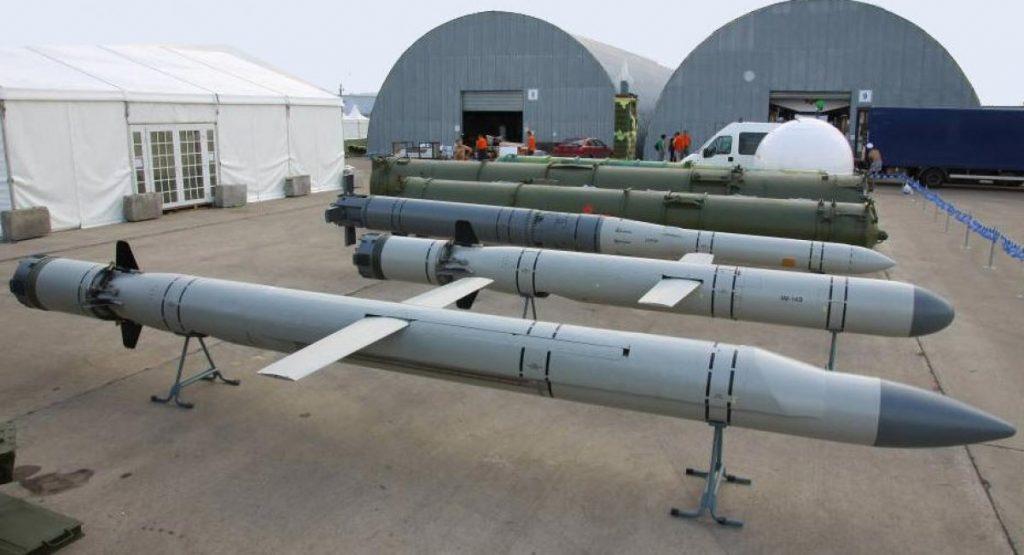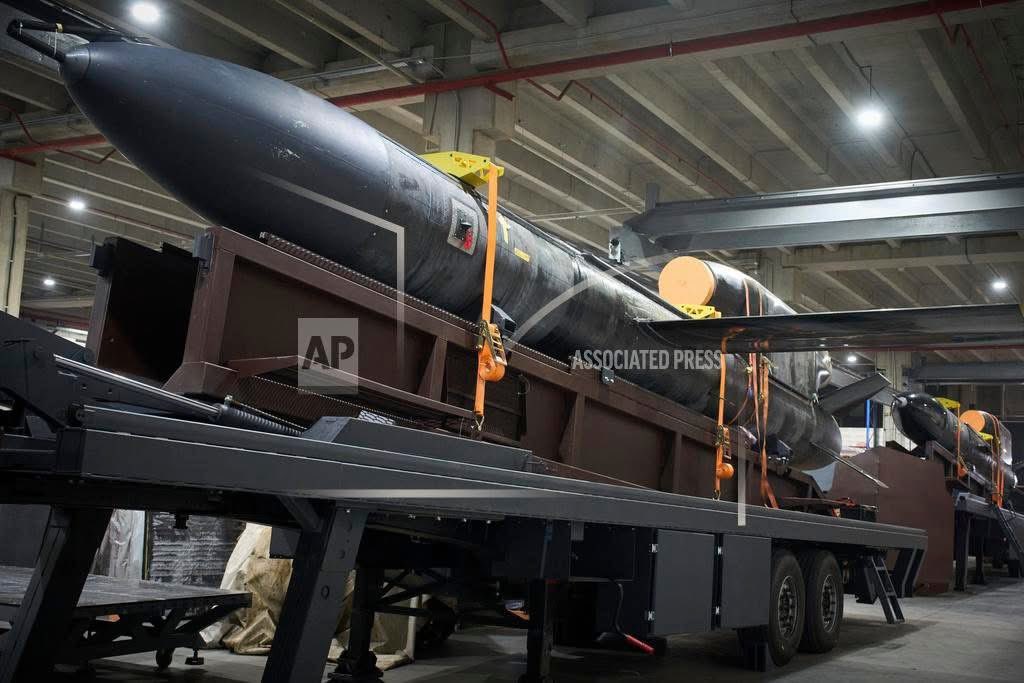When images of Ukraine’s new Flamingo cruise missile appeared, experts quickly pointed out the resemblance to another system.
The War Zone (TWZ) described Flamingo as “extremely similar, if not identical” to the FP-5 made by UAE-based Milanion. Its specifications — 3,000 km range, 950 km/h top speed, a one-ton warhead, and rail-trailer launchers — align almost exactly with Milanion’s brochure. Still, TWZ cautioned that “the exact relationship… is unknown,” leaving room for Ukrainian modifications.
Ukraine’s arsenal has long been defined by shortage. Western aid remains vital but insufficient, while domestic production struggles to match demand. Out of this gap came drones—not as a choice but as a necessity—allowing Kyiv to strike deep despite limited means. The Flamingo now represents a step beyond improvisation toward true strategic weapons.

A “behemoth” by design
Like the FP-5, Flamingo is no small weapon. Defense Express called it a “behemoth” with a six-meter wingspan and six-ton takeoff weight. Its simple, straight wings make it cheaper to produce but easier to detect.
“The larger the missile, the more noticeable it becomes,” they noted, though they stressed the lack of stealth is “not a critical one.” Ukraine has already used large, non-stealthy Tu-141 drones to strike deep into Russia, proving size is not an automatic disqualifier.
TWZ, however, added a sharper caveat: with “what looks like zero attempts at signature control, the Flamingo is far from immune to interception.” Yet this vulnerability is also part of its logic — a missile that blurs the line with drones, built for mass production and salvos rather than invisibility.

Fire Point’s bold comparison
Manufacturer Fire Point has gone further than analysts, telling Ukrinform and Kyiv Post that Flamingo is “better than the US Tomahawk.”
“Tomahawks… are outdated. They have absolutely everything worse than today’s Flamingos,” a company representative claimed, adding that Tomahawks are also “five times more expensive.”
On paper, Flamingo outranges most Tomahawk versions, carries more than double the payload, and flies slightly faster. Where Tomahawk still holds an edge is in its proven TERCOM guidance system, which allows it to resist GPS jamming — a crucial factor in Ukraine’s electronic warfare environment.


Thanks to your incredible support, we’ve raised 70% of our funding goal to launch a platform connecting Ukraine’s defense tech with the world - David vs. Goliath defense blog. It will support Ukrainian engineers who are creating innovative battlefield solutions and we are inviting you to join us on the journey.
Our platform will showcase the Ukrainian defense tech underdogs who are Ukraine's hope to win in the war against Russia, giving them the much-needed visibility to connect them with crucial expertise, funding, and international support.
We're one final push away from making this platform a reality.
Brief historical parallels
The Flamingo is not the first missile of its kind. Its reliance on ground-rail launchers recalls Germany’s V-1 flying bomb of World War II, while its bulk and range echo the US MGM-13 Mace fielded in Europe during the 1950s. More recently, it sits in the same strategic category as Russia’s Kalibr, which has been used extensively against Ukrainian cities.
Each of these weapons marked a shift in reach and destructive power. Flamingo may be Ukraine’s turn at the same playbook.

Political shock potential
The Telegraph framed Flamingo as more than a technical feat. Vladimir Putin’s political stability, it argued, rests on shielding Moscow and St. Petersburg from devastation.
“The Flamingo could potentially… visit the same sort of destruction on Putin’s core cities as Russian weapons have on those of Ukraine,” wrote Lewis Page. But he cautioned that Flamingo is “essentially just a faster drone” and would need to be deployed in large salvos with decoys to get through Russia’s formidable defenses.
On the eve of Trump–Zelenskyy talks, Ukraine unveiled footage of its new Flamingo missile — 3,000 km range, 1,150 kg warhead, now in mass production and used against targets in Russia.
— Euromaidan Press (@EuromaidanPress) August 18, 2025
Defense Minister Shmyhal: “This is very powerful, long-range weaponry — and it’s here.”… pic.twitter.com/N0f8YMgzVB
A symbol of independence
Whether Flamingo changes the battlefield will depend on production scale and its ability to survive modern air defenses. What is certain is that Ukraine now has a weapon that embodies strategic independence: a domestically produced missile, resembling Milanion’s FP-5, but aimed at taking the war much deeper into Russia than ever before.





